Georgia aster
Georgia aster (Symphyotrichum georgianum) is a magnet for bees and butterflies. Its flowers are distinguishable from other Symphyotrichum species by their relatively large size and deep violet-colored ray petals.
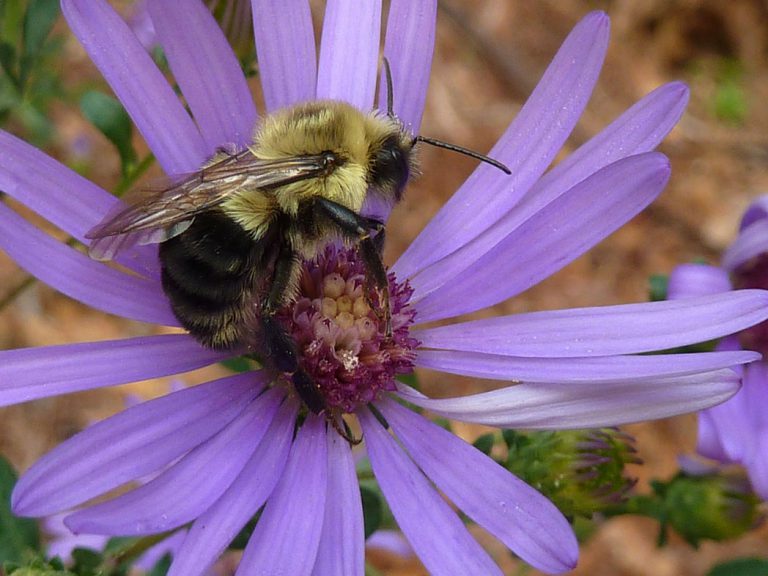
Georgia aster (Symphyotrichum georgianum) is a magnet for bees and butterflies. Its flowers are distinguishable from other Symphyotrichum species by their relatively large size and deep violet-colored ray petals.
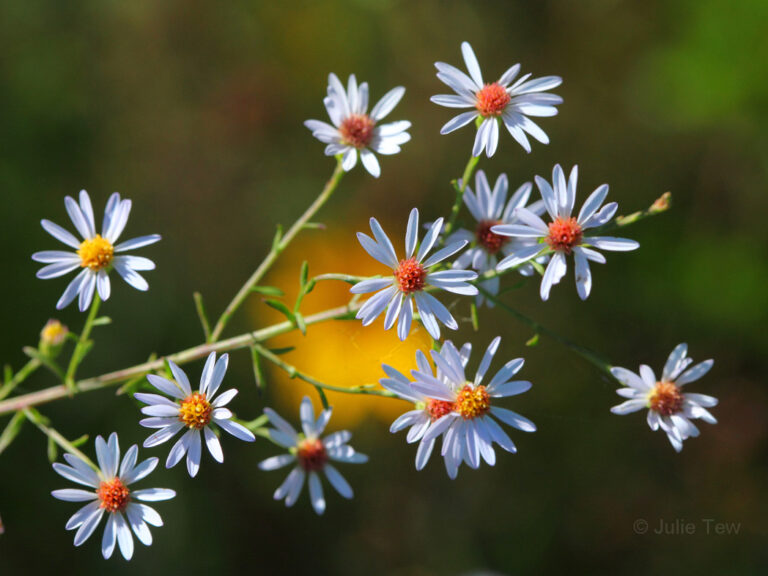
Rice button aster (Symphyotrichum dumosum) is a profuse bloomer with small flowers that attract a plethora of pollinators including butterflies and native bees.
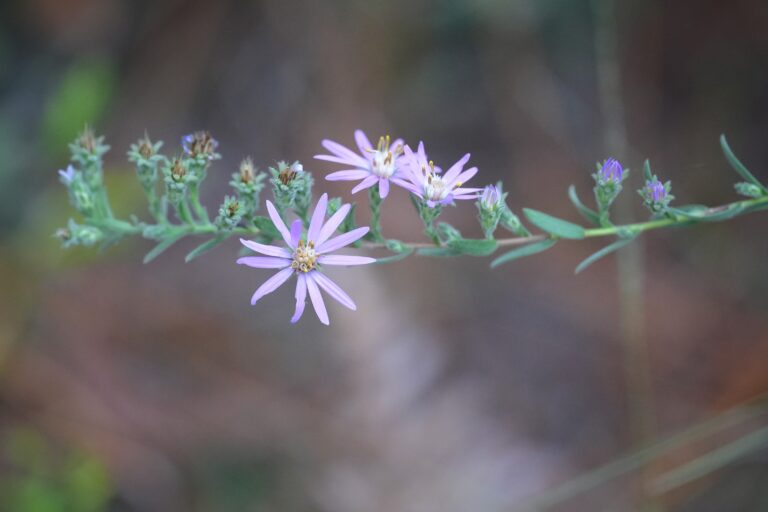
Eastern silver aster (Symphyotrichum concolor) is a winsome wildflower found in Florida’s pineland habitats. It typically blooms in fall but may bloom in summer and early winter.
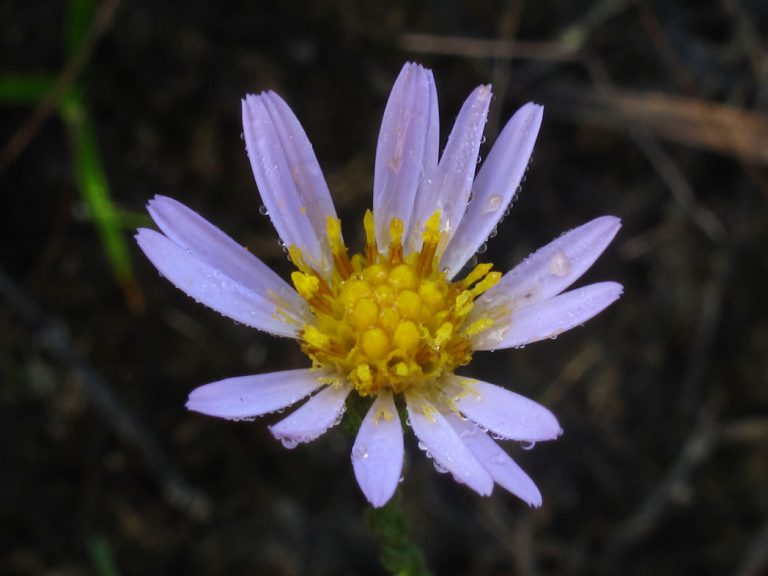
Scaleleaf aster (Symphyotrichum adnatum) is hardly noticeable when not in bloom. But in late fall and early winter, its copious periwinkle blooms make for a showy display.
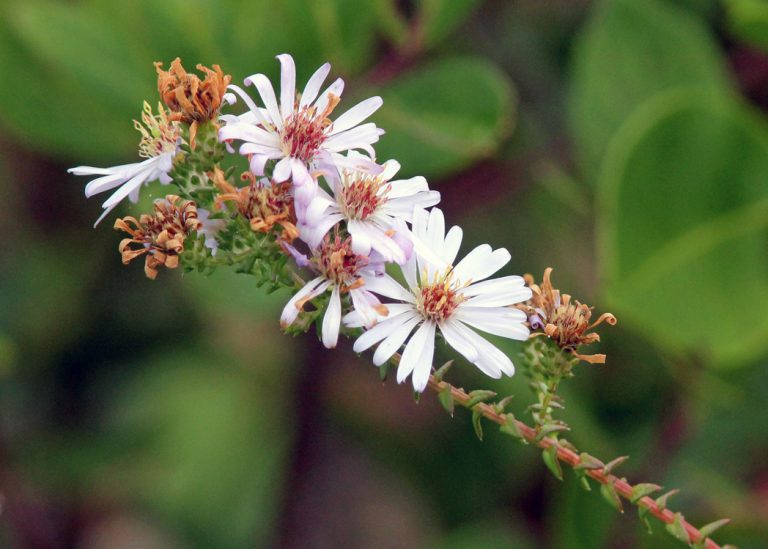
Walter’s aster (Symphyotrichum walteri) in late fall and early winter, providing nectar and pollen to butterflies, bees and other pollinators at a time when floral resources are limited.
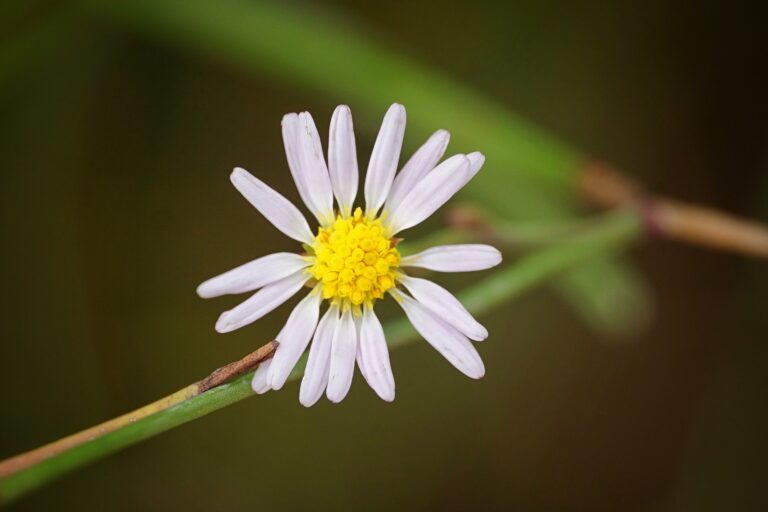
Perennial saltmarsh aster (Symphyotrichum tenuifolium) is one of the few large-flowered species present among the grasses and rushes of the salt marsh. It plays an important ecological role for native bees!
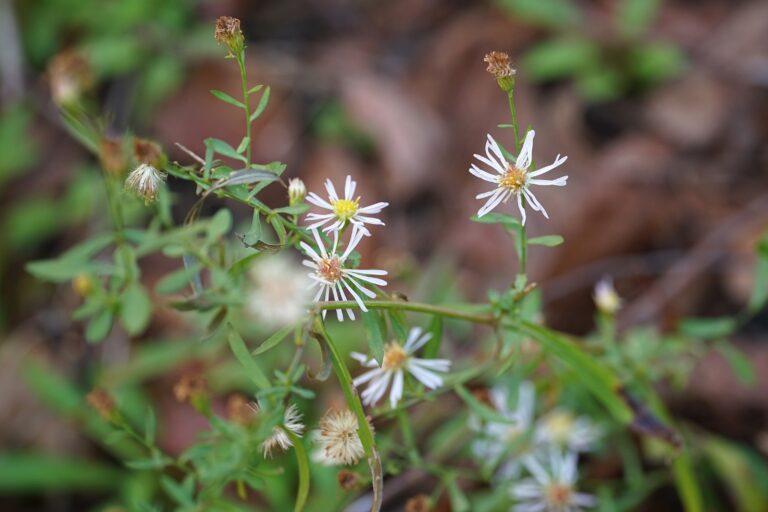
Simmond’s aster (Symphyotrichum simmondsii) is endemic to the Southeastern Coastal Plain and while recorded from the Carolinas to Alabama, it is most prevalent throughout peninsular Florida.
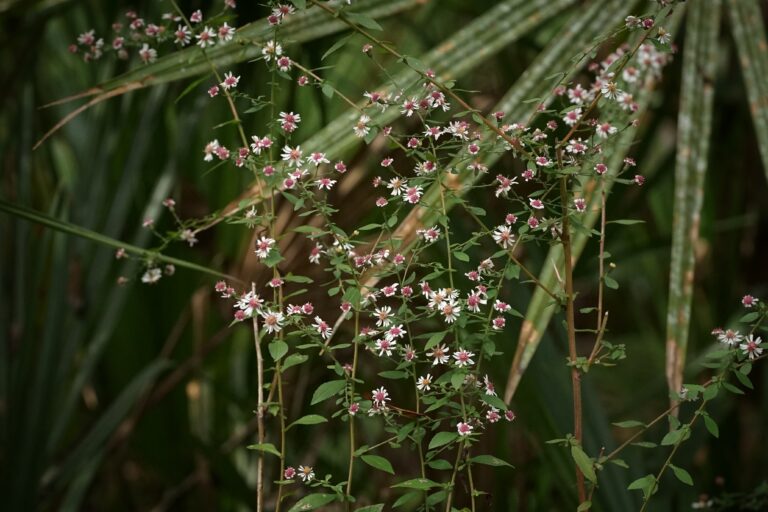
Calico aster (Symphyotrichum lateriflorum) is a lovely fall-blooming aster that occurs in a wide variety of habitats — from forests to marshes and wet prairies — and ranges across Eastern and into Central North America.
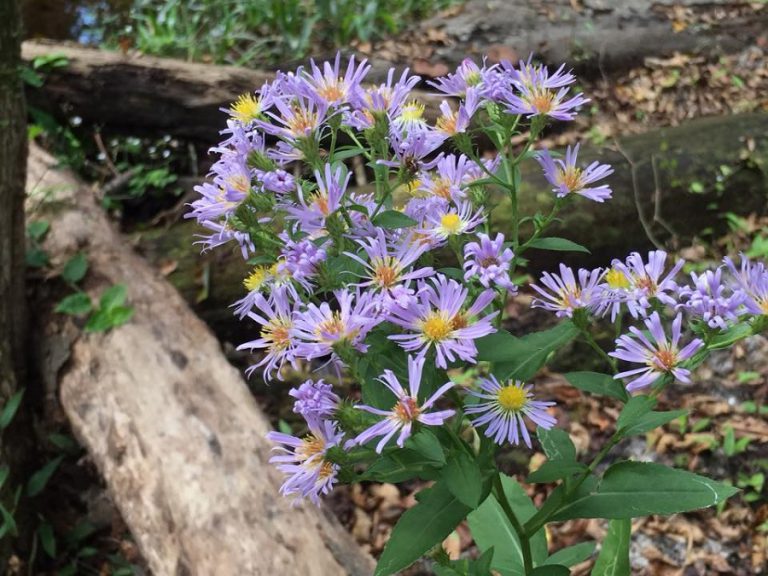
Elliott’s aster (Symphyotrichum elliottii) is a perennial wildflower and wonderful plant for attracting butterflies, bees and other pollinators due to its many fragrant blooms.
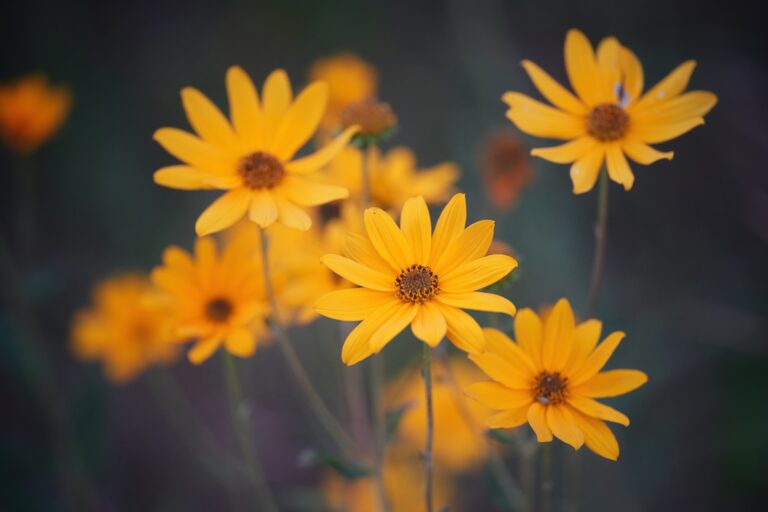
Asteraceae is the largest family of flowering plants with over 30,000 recognized species worldwide. Some of its most recognizable members include tickseeds (Coreopsis), our state wildflower, sunflowers (Helianthus) and asters (Symphyotrichum).
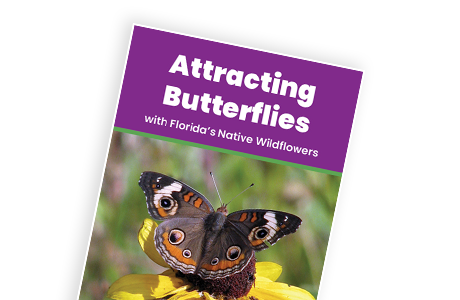
You can help provide food and habitat for Florida’s butterflies by landscaping with native wildflowers. Learn more now. Versión en español disponible.
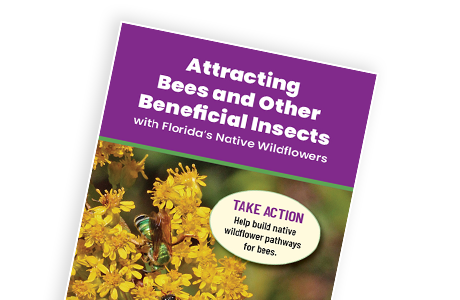
You can help provide food and habitat for Florida’s native bees and other beneficial insects by landscaping with native wildflowers. Versión en español disponible.